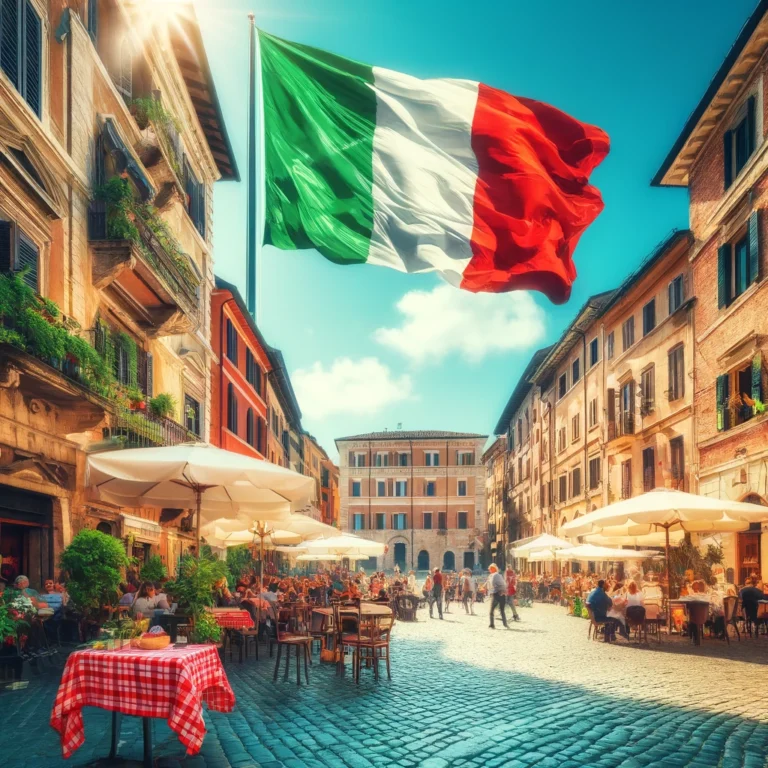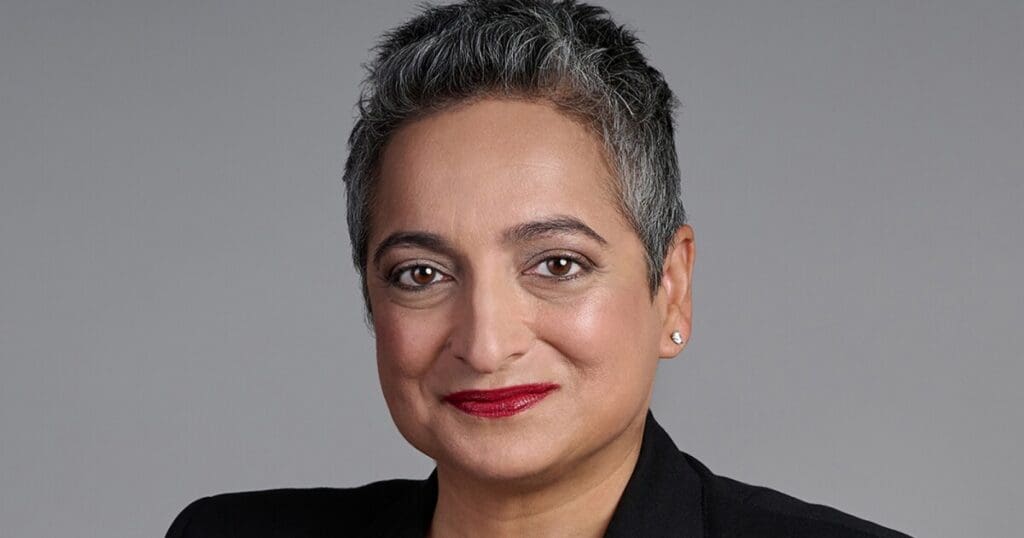In an unprecedented legal drama, Ho Chi Minh City’s colonial-era courthouse was the scene of Vietnam’s most monumental trial in recent memory. A 67-year-old Vietnamese property tycoon, Truong My Lan, faced a rare and severe sentence for her role in one of the largest bank frauds ever recorded globally. Convicted of orchestrating an extensive scheme that drained billions from Saigon Commercial Bank, Lan was sentenced to death, marking a significant moment in the nation’s legal history.
A Decade-Long Scheme Unraveled
Over 11 years, Lan exploited her influence to merge three struggling banks into what would become a major financial institution, only to siphon off an astonishing $44 billion in loans. This vast sum, facilitated through a network of shell companies and compliant bank managers, constituted 93% of the bank’s total lending. The court’s decision reflects the extraordinary scale of the fraud, requiring Lan to return $27 billion—a sum unlikely to be fully recovered.
Historic Sentencing Amid Anti-Corruption Drive
This sentence is not merely about punishing financial misdeeds but serves as a cornerstone of the broader “Blazing Furnaces” anti-corruption campaign spearheaded by Communist Party Secretary-General, Nguyen Phu Trong. Known for his conservative, Marxist ideology, Trong has emphasized that unchecked corruption threatens the very survival of the Communist Party’s dominance in Vietnam. The campaign has already seen high-profile resignations and numerous officials being disciplined or incarcerated.
Unprecedented Transparency and Legal Scale
Typically reserved in its judicial proceedings, the Vietnamese government took an uncharacteristically open approach with this trial. Details were made abundantly clear to the media: 2,700 people summoned to testify, involvement of 10 state prosecutors, and around 200 lawyers handling a staggering 104 boxes of evidence. This level of transparency and the sheer logistical scale of the trial underscore its significance and the government’s intent to showcase its resolve in combating corruption.
Cultural and Economic Contexts
Truong My Lan’s rise and fall are emblematic of Vietnam’s tumultuous economic history. Emerging from humble beginnings as a market vendor, she became a prominent property developer during Vietnam’s economic liberalization under the Doi Moi reforms initiated in 1986. Her story illustrates the complex interplay of economic reform, personal ambition, and systemic corruption within a state where all land is officially owned by the government yet access is often secured through personal connections.
Implications and Reactions
While the severity of the sentence has sparked discussions on the appropriateness of capital punishment for white-collar crimes, especially for a woman in Vietnam, it also sends a powerful message about the limits of tolerance for corruption at the highest levels of wealth and power. Legal experts and observers around the world are watching closely, as this could signal a new era of accountability in Vietnamese governance.
The verdict, though subject to appeal, marks a watershed moment not only for Vietnam’s judicial system but also for its political landscape, reflecting an intense commitment to rooting out corruption that has previously seemed intractable. As Vietnam continues to position itself as a significant player on the global stage, the outcomes of such trials will undoubtedly influence both domestic policy and international perceptions of its governance.


















